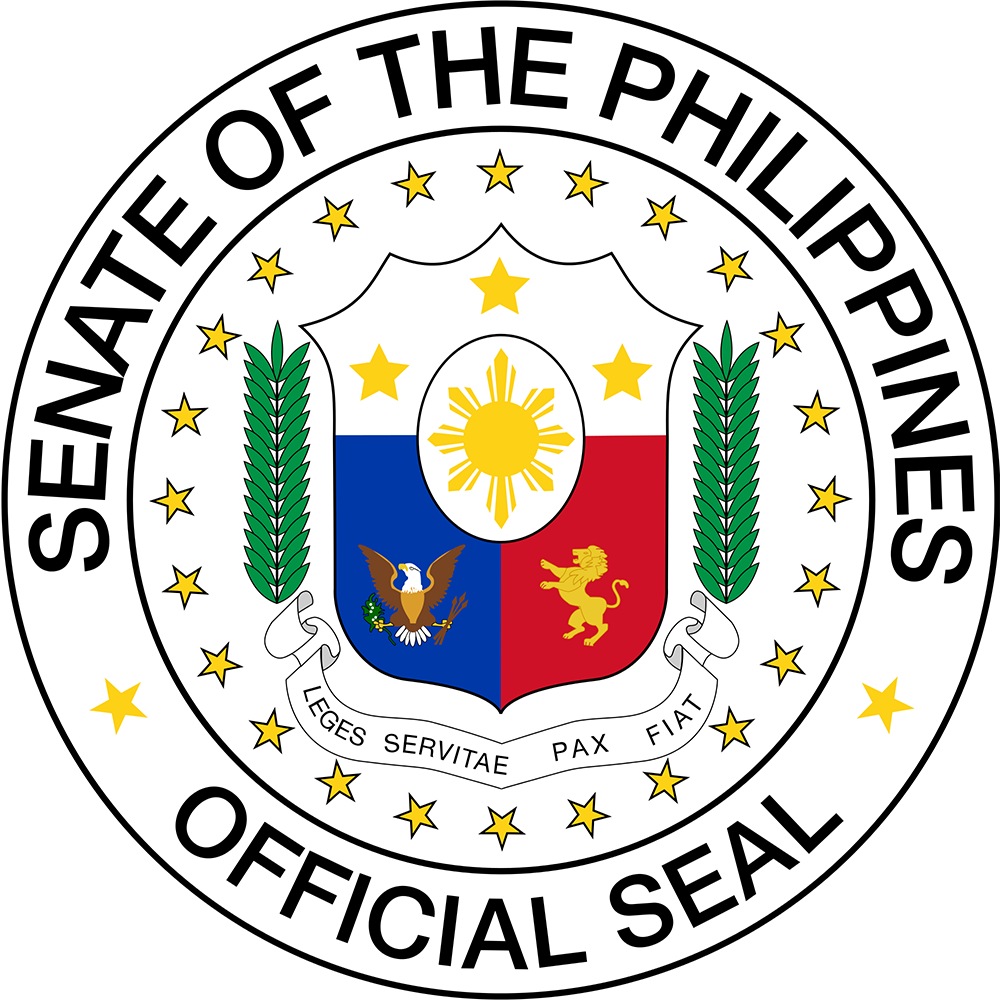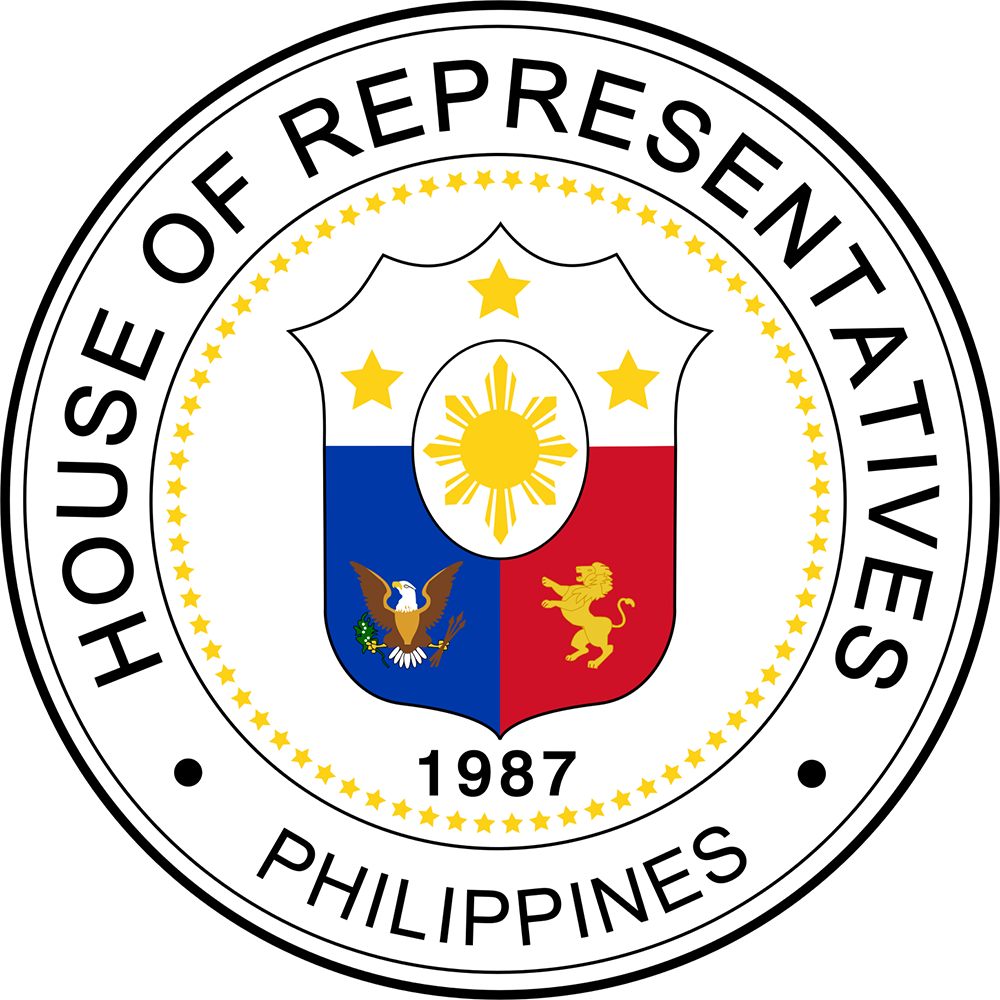
First of two parts
MY column last week tackled my proposed overall development agendas for the country for the next administration to consider. This essay will focus on agriculture, the sector which I am professionally connected to and love, being a person whose professional career blossomed at the bucolic setting of the University of the Philippines Los Baños.
Ostensibly, the main challenge confronting the Philippine agriculture sector is its low productivity. From 2001-2021, the average annual share of the agriculture, forestry and fishery (AFF) sector to our gross domestic product is only 0.3 percent, compared to 1.4 percent for industry and 3.1 percent for services. During the same period, AFF grew at only around 1.1 percent annually. In contrast, our population growth rate during the same period is around 1.4 percent. Clearly, we are not producing enough food to feed our people given the high population growth rate compared to our farm productivity. It is for this reason why successive leaderships of the Department of Agriculture (DA) have to resort to importing food commodities. The country is a net food importer.
Because of our inability to produce enough food commodities, and our policy of protecting our local producers (some of whom have accused the DA as the “Department of Importation” despite knowledge that we have been importer of food commodities for more than 20 years now), food prices here are exorbitantly high compared to Association of Southeast Asian Nations (Asean) countries. For instance, rice prices are more than a third higher than in Vietnam and Thailand. Our consumers pay double the prices of pork and chicken compared to the same countries. The price of refined sugar, which now hovers to around P70 per kilo, is more than twice the prevailing international sugar price.
There are two undesirable results of such a policy regime. One is that food inflation contributes the highest to our overall inflation. From 2000-2001, the average share of food and non-alcoholic beverages to inflation is 43 percent (compared to less than 10 percent in developed and developing Asean countries). It should be noted that the poorest of the poor Filipino households spend, on average, around 60 percent of their income on food. Given high domestic prices, food becomes unaffordable to many of the poor Filipinos.
High malnutrition and hunger
It is no wonder then that many Filipinos, particularly infants and children, are malnourished and suffering from hunger. Pre-Covid-19, incidence of stunting among kids 5 years and below was almost 29 percent. This is the highest in the Southeast Asian region, and it definitely has worsened during the Covid-19 period. Protein deficiency among our kids, 13 to 17 years old, is nearly 47 percent. This is the age group that will soon join the labor force but might be suffering from cognitive disability because of lack of protein for their proper brain formation.
A survey of the Social Weather Station on hunger incidence revealed that prior to Covid-19, 4 out of 10 Filipino households experienced hunger. This rose to 6 out of 10 Filipino households during the pandemic.
What is our immediate and short-term prospect in raising farm productivity and providing more food to our people? I am afraid that satisfactorily responding to this concern will be a humongous challenge.
Russia-Ukraine conflict
Apart from the lingering adverse effects of the Covid-19 pandemic, the Russia-Ukraine conflict aggravated the food supply line problem across the globe. Russia is a major producer of oil and natural gas, where fertilizer is derived. As a result, fertilizer prices have almost tripled during the last few months.
Both countries are major producers and exporters of wheat where bread is derived, and the inferior quality wheat serves as animal feeds to pork, poultry and fish. Their inability to export has created a huge supply gap of wheat in the world for human and animal consumption. As such, wheat prices are skyrocketing and, similarly, grains like corn and soybean prices are rising. Expect meat prices to rise given that the animal feed ingredients have become expensive.
Going back to fertilizer, the exorbitant increase in fertilizer prices will lead to lower fertilizer application among our farmers. This is expected to result in a significant decline in our crop harvests. For instance, a recent study of the Philippine Rice Research Institute estimated that due to reduced fertilizer use, palay (unmilled rice) harvest is projected to decline by around 1.1 million metric tons (MMT) this year. This is equivalent to a supply of around 550,000 to 600,000 MT of rice. And this is for rice alone. The other crops (e.g. corn, sugar, vegetables, banana, among others) are expected to similarly suffer from productivity decline.
Rice Tariffication Law
Should the administration suspend the implementation of the Rice Tariffication Law (RTL), there will be the added challenge of finding the money for the National Food Authority (NFA) to buy palay instead of the current system under the RTL wherein the private sector imports the grain without money coming from the government coffers. And if the campaign promise to sell rice at P20 per kilo is fulfilled, the government has to shell out a sum of more than P150 billion for this purpose, on top of the importation that will have to be done by the NFA because we are not rice self-sufficient.
What needs to be done
If we are to weather the immediate threat to our food security, there are two immediate policies that we can implement. One is to increase the fertilizer subsidy to our vulnerable farmers from around P1,000 to at least P1,500 per bag or at least half the fertilizer cost. Farmers should provide counterparts in order to ensure judicious application of fertilizer. In addition, there has to be massive promotion of the use of organic fertilizer, which I have not seen yet despite the skyrocketing prices of inorganic fertilizer. Similarly, the cost of the organic fertilizer should be subsidized by the government.
There is a need to continue the implementation of the RTL. An independent evaluation of the RTL by highly reputable and impartial economists and agricultural economists should be conducted to determine its overall costs and benefits to society. If the benefits are found higher than the costs, then by all means, RTL should be maintained. We should not allow advocacy and political groups to lead the conduct of such an important evaluation because they are burdened by the parochial interest of the group that they are representing.
fdadriano88@gmail.com













